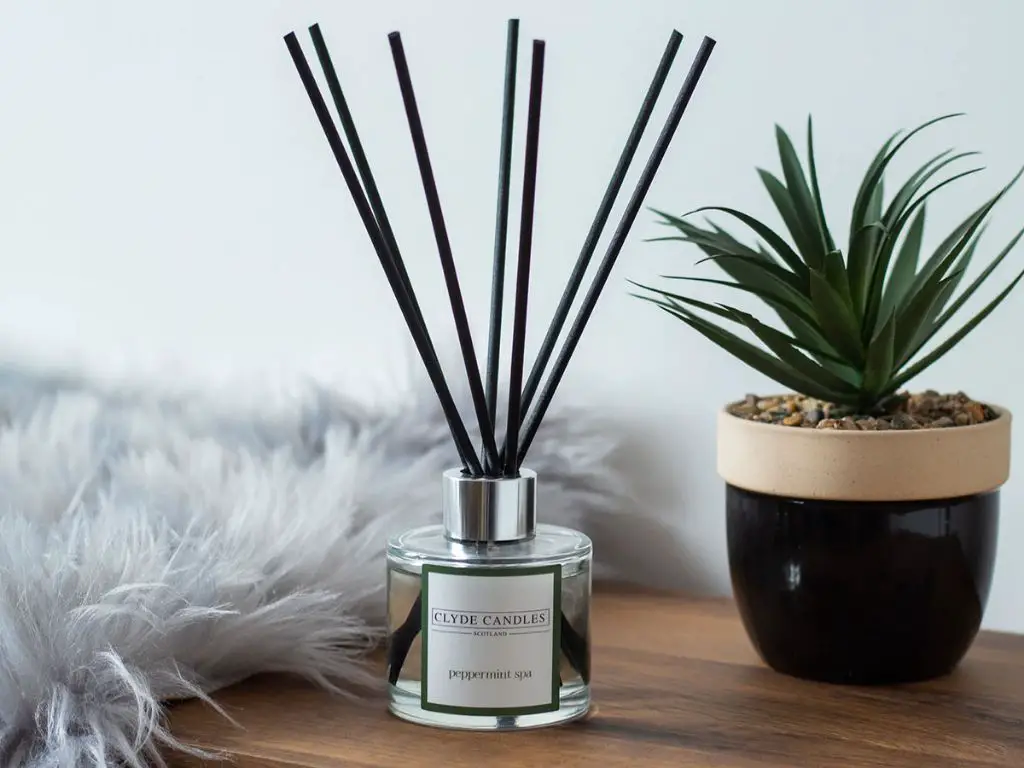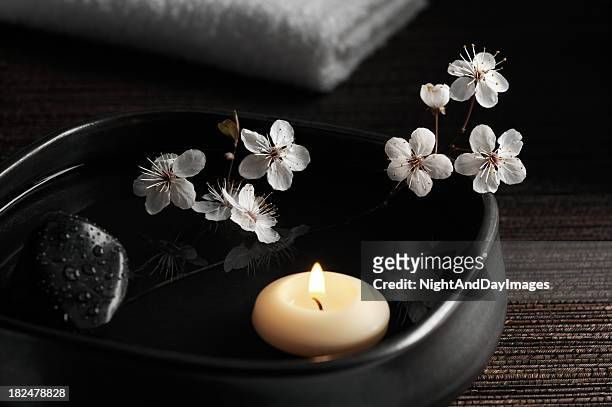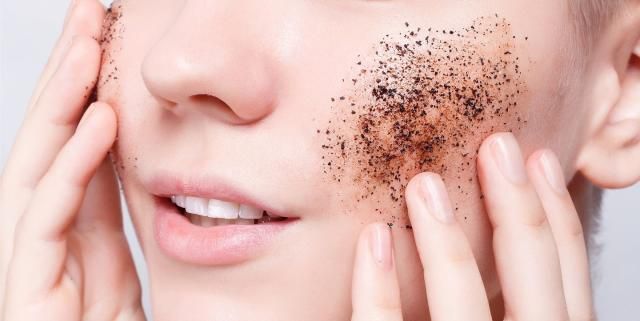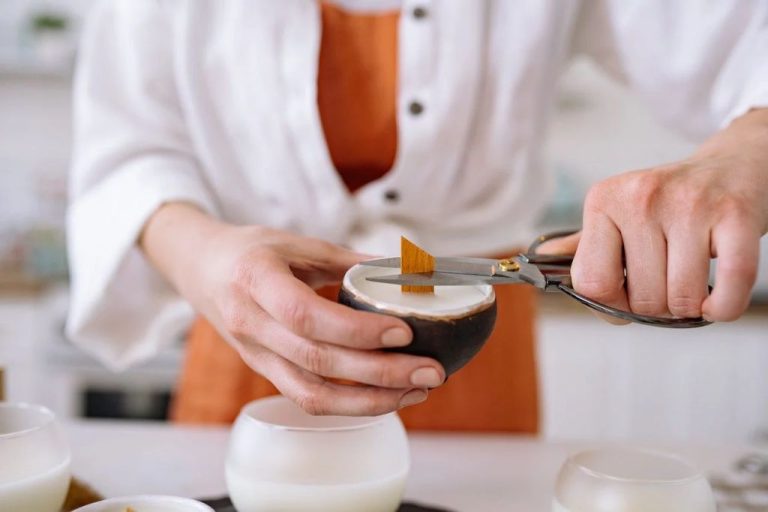How Does A Diffuser With Sticks Work?
What is a Diffuser with Sticks?
A diffuser with sticks, also known as a reed diffuser, is a type of aromatherapy diffuser that uses reeds or rattan sticks to disperse essential oils into the air. The main components of a diffuser with sticks are:
–
Base – This is a container that holds the sticks upright and contains the essential oils. It’s usually made of glass, ceramic or other non-porous materials.
–
Sticks – Typically made from natural and absorbent materials like rattan, bamboo or reeds. The sticks soak up the essential oil and help to disperse the aroma into the air.
–
Essential oils – Concentrated plant extracts that provide fragrance and potential therapeutic benefits. Popular oils used in diffusers with sticks are lavender, eucalyptus, citrus oils.
Compared to ultrasonic or evaporative diffusers, diffusers with sticks have some key benefits:
–
They don’t require electricity or batteries to operate. The sticks naturally distribute the oils.[1]
–
The oils diffuse gradually over several weeks for long-lasting fragrance.[2]
–
They are quiet, simple and decorative. Easy to place around the home.
–
Lower risk of over-diffusing oils compared to powered diffusers.
How Does it Work?
Diffuser sticks work through a process called capillary action, which is different from other types of diffusers like ultrasonic or heat diffusers. Capillary action refers to the ability of a liquid to flow through narrow spaces without the assistance of external forces like gravity.
The sticks are made of natural, porous materials like rattan, reed, or bamboo. These materials absorb essential oils readily. The capillaries, or microscopic channels, within the sticks draw the oil up through the material via capillary action. As the oil diffuses into the air from the surface of the sticks, more is continuously drawn up from the base.
This capillary action allows the oil to diffuse steadily over a long period, typically 4-6 weeks. It provides a more consistent fragrance compared to ultrasonic or heat diffusers which diffuse strongly at first and then taper off. Capillary diffusion also does not require heat or water like other methods, making it gentle and simple (Source 1).
Choosing the Right Oils
When selecting essential oils for your diffuser sticks, it’s important to choose oils with a low viscosity that can be easily absorbed by the porous wooden or rattan sticks. Thin, watery oils like lemon, bergamot, and peppermint are ideal choices. Thicker, more viscous oils like sandalwood, patchouli, and vanilla may not diffuse as well through the sticks.
Citrus oils like lemon, grapefruit, lime, and orange have lively, uplifting aromas that provide an energizing boost. Herbaceous oils like peppermint, basil, and rosemary offer refreshing, invigorating scents that can improve concentration. Florals like lavender, geranium, and neroli have delicate, soothing fragrances that can help relaxation.
When selecting your oils, look for 100% pure, natural, therapeutic-grade essential oils. Adulterated or synthetic oils may not offer the same diffusion performance or aromatic benefits. Carefully research oil suppliers to ensure you’re purchasing high quality oils.
Experiment with combining complementary oils for unique aroma blends. For example peppermint and wild orange make an energizing blend, while lavender and ylang ylang make a relaxing blend. Be creative and find oil combinations you love!
Using and Caring for the Sticks
When using a diffuser with sticks, it’s important to properly insert and care for the sticks to maximize fragrance diffusion and longevity. Here are some key tips:
To insert the sticks, carefully arrange them in the diffuser base, spacing them evenly apart. The number used can vary based on your diffuser – typically you’ll use 3-5 sticks. Gently push the lower portion of each stick into the oil, making sure not to immerse more than 1-2 inches of the stick. According to the CandleScience Diffuser Reeds Bag product page, immersing more than 25% of the stick can reduce effectiveness.
Rotating the sticks every 2-3 days helps maintain even fragrance diffusion. Periodically flip each stick to expose the opposite side to the oil. This encourages the fragrance to continue diffusing from the stick. According to Antica Farmacista, rotating the sticks helps them last longer.

Over time, dust and residue can build up on the sticks affecting diffusion. Gently wipe sticks every few weeks with a soft cloth or paper towel to remove any residue, as recommended by CPLights. Avoid soaking or washing the sticks as this can damage the fragrance absorbing reeds.
Replace sticks every 2-4 months for optimal performance. Look for signs of discoloration and reduced fragrance. When sticks no longer easily pick up fragrance from the oil, it’s time to replace them. Swapping all sticks at once helps maintain an even diffusion level.
Choosing a Diffuser Base
The base of your diffuser is an important choice, as it will affect the diffusion process. There are a few common materials used for diffuser bases:
- Ceramic – Ceramic bases retain heat well and distribute it evenly. This allows the essential oils to diffuse fully. Ceramic bases come in various shapes, sizes, and designs.
- Bamboo – Bamboo makes an eco-friendly base option. It is lightweight yet durable. Bamboo absorbs and releases moisture well for steady diffusion.
- Plastic – Affordable plastic bases are widely available. Ensure any plastic is BPA-free. Plastic doesn’t retain heat as well as ceramic or bamboo.
- Glass – Elegant yet breakable, glass bases allow visibility of oil diffusion. Consider a thicker, high-quality glass for durability.
Look for a base opening that will securely hold your sticks upright. The sticks should fit snugly without scratching the base when inserted. A wider opening gives more airflow space around the sticks. This enables the fragrance to diffuse out fully. Consider getting a base with multiple openings so you can use several sticks at once and blend scents.
Maximizing Aromatherapy Benefits
To get the most out of your diffuser sticks for aromatherapy, follow these tips:
Proper Usage Tips:
- Rotate the sticks occasionally so they diffuse the oil evenly.
- Add more sticks for a stronger aroma. Use fewer sticks for a lighter scent.
- Replace the sticks when they start to lose their fragrance, typically after 4-6 weeks.
- Use stick diffusers in smaller rooms under 200 sq ft for best results.
Recommended Diffusion Times:
- Diffuse for 1-2 hours at a time, 2-3 times per day.
- Avoid diffusing for more than 2-3 hours consecutively.
- Take breaks from diffusing to avoid olfactory fatigue.
Positions for Optimal Benefit:
- Place near seating areas, beds, or workspaces to maximize relaxation and focus benefits.
- Do not place directly under ceiling fans or air vents which can disrupt diffusion.
- For stress relief, place by entrances/exits or in transitional spaces.
- To promote sleep, diffuse sticks in the bedroom before bedtime.
Troubleshooting Tips
If you notice the scent from your diffuser sticks becoming weaker or stopping altogether, there are a few troubleshooting tips to try:
First, check that the diffuser base is filled sufficiently with oil. The oil level shouldn’t go below the bottom of the sticks. Add more oil if needed (1).
Next, remove the sticks and gently wipe away any oil residue with a paper towel. Then wash the sticks in warm soapy water, rinse thoroughly, and allow to fully dry before placing them back in the diffuser (2). This cleans any oil buildup.
Also try flipping the sticks every 2-3 days so the ends in the oil have a chance to fully saturate again (3). Rotating the sticks helps refresh the scent.
Finally, if a thorough cleaning doesn’t restore the scent, the sticks may be too saturated and need replacing. Most reed diffuser sticks last 2-3 months before needing replacement (4).
Look out for any leaks, which can happen if the sticks are placed too close together. Leaks can also occur if the oil is too thin. Make sure to use oil specifically formulated for diffusers (5).
Following these troubleshooting tips will help maintain your diffuser’s fragrance.
Safety Tips
When using diffuser sticks, it’s important to keep safety in mind. Here are some tips for using them safely:
Do not leave diffuser sticks unattended or burning for long periods of time. Always make sure to blow them out and properly extinguish the flame when you are done using them or leaving the room.(Source)
Properly store diffuser sticks when not in use. Keep them in a sealed container out of reach from children and pets. Sticks can leak fragrance oil when not in use, so sealed storage helps contain the oil and scent.(Source)
Keep diffuser sticks up and away from small children and pets. The fragrances can be toxic if ingested, and the sticks themselves can pose a choking hazard for kids and animals. Supervise use around young children.(Source)
Take care to blow sticks fully out before going to bed or leaving home to prevent fire hazards. Consider using timer diffusers or unscented sticks at night.
Comparisons to Other Diffusers
Diffuser sticks have some key differences when compared to other popular types of diffusers like ultrasonic, heat, and nebulizing models:
Compared to ultrasonic diffusers which use vibrations to diffuse essential oils as a fine mist, diffuser sticks provide a lighter, more subtle fragrance since the oil slowly evaporates from the sticks. The mist from ultrasonic diffusers can be too strong for some spaces. Diffuser sticks also don’t require power or water to operate which makes them extremely convenient.
Heat diffusers use low heat to warm essential oils and disperse the aroma throughout a room. The heat helps the oils diffuse more strongly. However, heat can degrade some delicate essential oils over time. Diffuser sticks don’t use heat so the integrity of the oils is maintained. Sticks are also safer since there is no heat source.
Nebulizing diffusers use pressurized air to atomize essential oils into a fine mist. They don’t require heat or water and can diffuse oils rapidly for strong aromatherapy benefits. However, nebulizers can be noisy and the mist is too intense for some situations. Diffuser sticks provide subtle, customizable aroma for a wider variety of environments.
Diffuser sticks excel in small to medium-sized rooms where a delicate aroma is desired. The sticks allow you to easily switch and combine scents by moving sticks around the base. However, diffuser sticks may not be the best option for large spaces or when very intense aromatherapy is needed. In those cases, ultrasonic or nebulizing diffusers may be preferable.
Sources:
https://aromatechscent.com/blogs/scenting/reed-diffusers-vs-electric-oil-diffusers-pros-and-cons
https://www.realhomes.com/advice/reed-diffuser-vs-oil
Popular Diffuser Stick Products
There are many great diffuser stick products on the market to choose from. Some of the top brands include:
- Serene House (https://peppermintgrovefragrances.com/products/natural-diffuser-reeds-350ml)
- HemingWeigh (https://www.bing.com/shop?q=Oil+Diffuser+with+Reed+Sticks&cc=us&setlang=en)
- InnoGear
- ROYAL AROMAS
- Aroma Outfitters
The Serene House diffuser sticks are a top pick, made from natural reeds that retain their shape and don’t bend or bow over time (https://peppermintgrovefragrances.com/products/natural-diffuser-reeds-350ml). HemingWeigh also offers quality diffuser sticks compatible with most diffuser bases (https://www.bing.com/shop?q=Oil+Diffuser+with+Reed+Sticks&cc=us&setlang=en).
When comparing diffuser stick products, look for reeds made from natural materials like rattan, bamboo, or wood. The sticks should be the appropriate length and thickness for your diffuser base. High quality sticks will absorb and disperse oils evenly without getting overly saturated. Consider sticks with fun shapes and designs for visual appeal.
In the end, it comes down to preference on size, shape, material, and design. Try a variety pack to sample different diffuser sticks before committing to a large supply from one brand.





